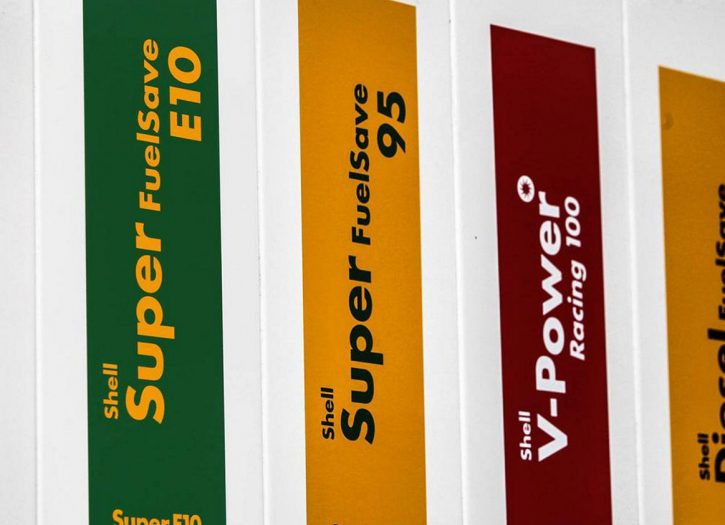E10 is the new standard petrol grade that replaces the 95 octane grade. These changes came into effect during summer 2021 as part of the government’s climate-change targets. Designed to help reduce carbon dioxide emissions, E10 motor fuel contains less carbon and up to 10% renewable ethanol. In comparison, 95 octane contains up to 5% ethanol, with the other 95% being regular unleaded petrol. Diesel fuel will not be changing and the change in fuel applies to petrol only.
All new Coleman Milne vehicles and current used stock are E10 compatible.
Is my vehicle compatible?
Around 95% of petrol-powered vehicles on the road are compatible with E10 petrol.
All new cars manufactured since 2011 are compatible with E10 petrol, and most cars and motorcycles manufactured since the late 1990s are also approved by manufacturers to use E10.
The following vehicles, however, may not be compatible with E10 petrol:
- Classic, cherished and older vehicles
- Some specific models, particularly those from the early 2000s
The government has set up a website where drivers can check whether their car will run on E10 fuel – https://www.gov.uk/check-vehicle-e10-petrol
But it warns it will not be liable for any damage to vehicles as a result of drivers using its checker – especially if their car has been fitted with replacement parts.
Classic Vehicles
Unfortunately, many manufactures of classic cars are not listed in the vehicle checker. Where older brands are no longer trading, the government cannot provide specific information on vehicle compatibility.
Owners of vehicles not listed in the vehicle checker should continue to use E5 (97+ octane) petrol, which will remain available in the ‘super’ grade.
For further information, the government recommends contacting classic vehicle owners’ clubs and associations, as well as garages that may be able to provide advice.
What if your vehicle is not compatible with E10 petrol?
Continue to use E5 petrol in the ‘super’ grade (97+ octane), which will remain available at many larger filling stations. Make sure you check the label before you fill up.
What if you fill up with E10 petrol in a non-compatible vehicle?
Simply fill up with E5 (‘97+ octane) petrol next time.
Using a single tank of E10 petrol in a vehicle that is not compatible should not be a major problem. Just make sure you fill up with the correct E5 (‘97+ octane) petrol grade next time.
Mixing E10 and E5 petrol
If your vehicle is compatible with E10 petrol, there’s no reason you can’t mix the 2 grades of petrol (E5 97+ and E10 95+). It’s perfectly safe to mix them in the same tank or fill up with E5 if E10 is not available.
Unlike putting petrol into a diesel engine, you shouldn’t need to drain the tank. On a one-time basis, your vehicle will not suffer engine damage as a result. Prolonged use of E10 petrol in a non-compatible vehicle, however, may cause harm and is not recommended.
Labelling
At the petrol station, a circular ‘E10’ or ‘E5’ label will be clearly visible on both the petrol dispenser and nozzle, making it easy for you to identify the correct petrol to use.



